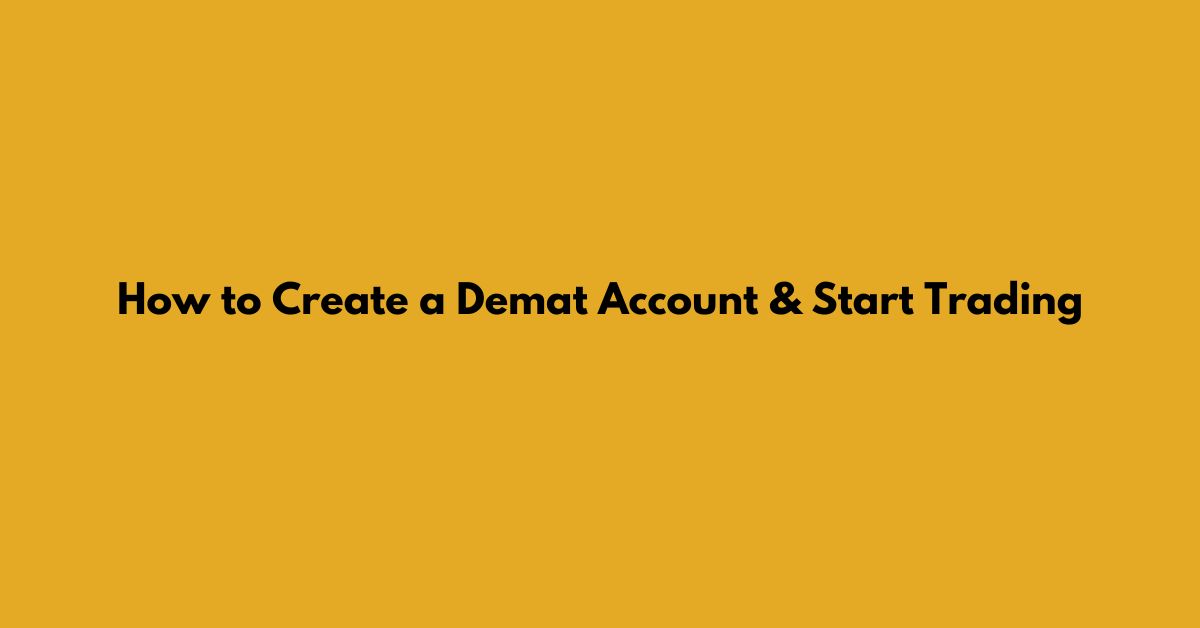Without cash, a business cannot survive. It is important to get paid when you are due, but it is also essential to receive your money on time in order not to have a cash crunch.
An automated solution that collects payments directly from your invoices is another option. This will ensure you get paid promptly. A well-formatted invoice can help you avoid confusion and speed up your payment. Your clients and customers will be impressed by a well-designed invoice.
You don’t want a page that is poorly designed or has a poor layout. This can make you look unprofessional. There are different types of business, such as sole trader, limited partnership, or those registered to VAT. You must follow specific legal requirements when invoicing.
You can also use Accounting Software to create professional invoices and track who owes you.
To distinguish a receipt, credit note, or quote from an invoice, identify the document by using the word “invoice”.
A unique invoice number
· You must ensure that each invoice has a unique number.
· This is easiest to manage using a sequential numbering scheme.
· You can include numbers and letters in the reference.
Your company name and address
This is different for sole traders or limited companies. However, it is important to clearly state your trading name and business address. Customers should also be able to contact you if they have any questions or disputes.
The address and company name of the customer
This is a standard procedure for all invoices (except simplified GST invoices), but it is important for customers who wish to claim back any VAT they have been charged.
Description of the goods/services
A clear description of goods and services to be invoiced. Each service or item should have its line.
The date of supply
This is also known as the “supply date”, and it is the date that the goods or services were delivered. Although the supply date can differ from the invoice date, it is typically within 30 days.
The invoice date
The invoice date is the date generated, not the date that the goods were delivered.
The price of each item or service to be paid
If there is a list of items, each item will be marked with an amount.
The total amount payable
The total value of all the goods on the invoice.
Modalities of payment
These terms are usually defined in your terms, and your customer agrees to them.
These are your terms and conditions for how long you will pay. They should be noted at the bottom of the invoice. Payment must be received within 30 days.
Number of the purchase order
You should indicate the purchase order number provided by your customer on the invoice with payment details. Customers may request that the contact person’s name be included on their invoices.
It is a good idea to ask for a purchase order. Once generated, this is a legally binding agreement between you and your client/customer.
Invoice payment methods
You want your customer to be able to pay you physically after you have made it clear how much the payment will cost.
Include your bank details and the various methods of payment you accept in your invoice.
International invoices
Invoices in foreign currencies or languages must include the VAT payable in sterling if goods or services were supplied in the UK.
A translation in English should be available to a VAT officer for inspection.
Invoice payment terms
It is your responsibility to agree on payment terms in advance with your customers.
It’s easy to make it clear and state the terms clearly on the invoice. This will allow the recipient to know when they should pay.
Large companies may have a separate account department that does not know what terms you and your contact agreed to.
It’s best to avoid complex payment terms if you are a contractor or small business. This will prevent payments from being delayed and misunderstood.
Common invoice payment terms
Payment in Advance (PIA)
This is useful when dealing with customers who have poor payment histories or new clients. PIA is a requirement that payment is made in full before the goods or services can be delivered.
Net (N)
A Net 10 would indicate that the entire amount is due in 10 days, while a Net 30 would indicate that it is due in 30 days.
“Net” can be abbreviated as “N”, such as N10 and N30.
End-of-Month (EOM)
The end of the month is when the full amount is due within the specified period after the month-end in which the invoice was issued.
An invoice can be written as Payment due to 30-days month-end, or it can be abbreviated as NetEOM 30′.
If your invoice was dated 5/04 and your terms were NetEOM 30, then the full payment would have to be made by 30 May.
A month after invoice (MFI)
“15 MFI” means that the entire amount due is due on the 15 the month after the invoice date.
If your payment term was 15 MFI and the invoice was dated 5, January, payment would be due by 15 January. The payment due date for the same invoice dated 20 January would be 15 February.





